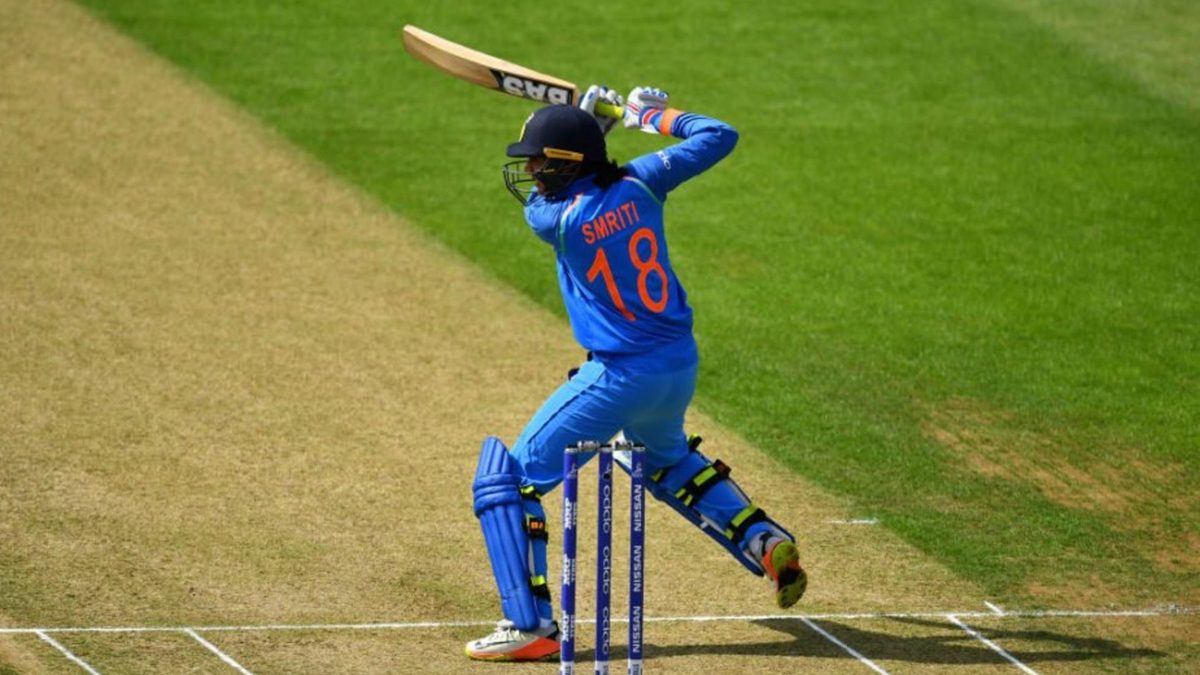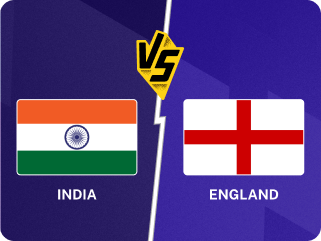
India’s Smriti Mandhana, named the best young women’s cricketer in the world by Wisden Cricket Monthly in 2018 following a stellar KSL campaign, shares her secrets to batting success.
Keep it simple
I just try and keep batting really simple. I don’t think about it too much beforehand, I just try and play according to the merit of the ball, get everything out of the head and just react. It’s important to capitalise on the loose balls, even if it’s the first ball. So if I get a half volley first ball, I would go for it, because if you defend that ball thinking, ‘that’s my first ball’, and then after two or three dot balls the bowler bowls a good fourth ball and you try and take a risk, you’ll end up getting out.
Timing over power
I would just say that timing is the most important part for lofting sixes. You can time the ball for six, rather than just trying to put too much power on it, because if you try and put too much power into one shot you can lose your shape, and it will go where you don’t want it to go and you’ll get out.








